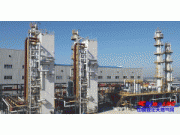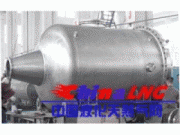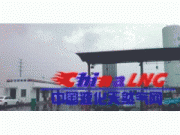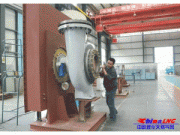免职声明:本网站为公益性网站,部分信息来自网络,如果涉及贵网站的知识产权,请及时反馈,我们承诺第一时间删除!
This website is a public welfare website, part of the information from the Internet, if it involves the intellectual property rights of your website, please timely feedback, we promise to delete the first time.
电话Tel: 19550540085: QQ号: 929496072 or 邮箱Email: Lng@vip.qq.com
摘要:In 1992 Cabot LNG, a relatively small Boston-based LNG importer and owner of the Everett LNG receiving terminal just north of Boston, approached the government of Trinidad and Tobago about developing a new LNG export project. Although three attemp..
|
In 1992 Cabot LNG, a relatively small Boston-based LNG importer and owner of the Everett LNG receiving terminal just north of Boston, approached the government of Trinidad and Tobago about developing a new LNG export project. Although three attempts had been made previously to develop LNG in Trinidad, nothing had come of them and the government had largely concentrated on attracting intensive gas-based industries to the country. The industries had come but had not greatly prospered. Cabot’s approach came soon after the government had decided to liberalize its economic policy; new sources of revenue were badly needed. A memorandum of understanding (MOU) was signed by Amoco and British Gas (both had significant gas prospects in Trinidad) with Cabot, and the National Gas Company of Trinidad and Tobago (NGC) to promote an LNG export project, and they launched a feasibility study in 1993. Atlantic LNG, the joint venture company eventually set up to own and run the project, was formed in 1995. Sales contracts were signed with Cabot and with Enagas of Spain in 1995 for a total of 3 million tonnes per annum (mtpa) of LNG. Construction started in 1996. The first cargo, bound for Boston, was loaded at the end of April 1999. Design work and sales negotiations for a two-train expansion with a further 6.8 mtpa capacity (Trains 2 and 3) were started in early 1999 and construction started in 2000. Train 2 started up in August 2002 and Train 3 in May 2003. Train 4 is scheduled to begin operations in early 2006, while Train 5 is still looking for approval. The development has been rapid by the standards of LNG projects and judged a success for all parties involved.
|

















